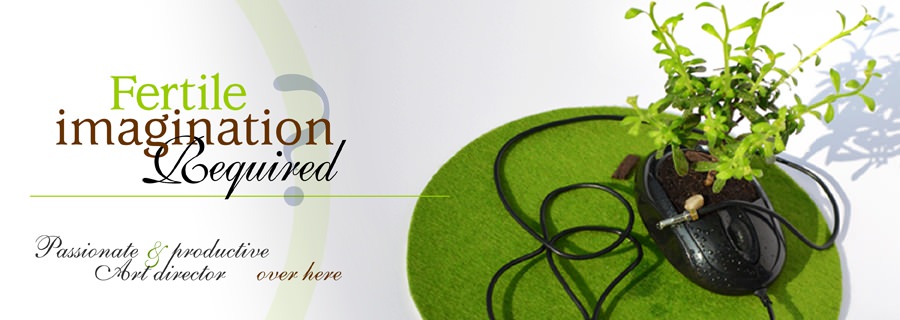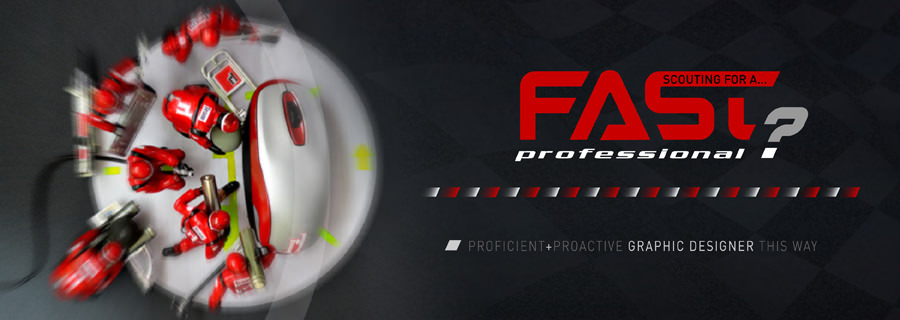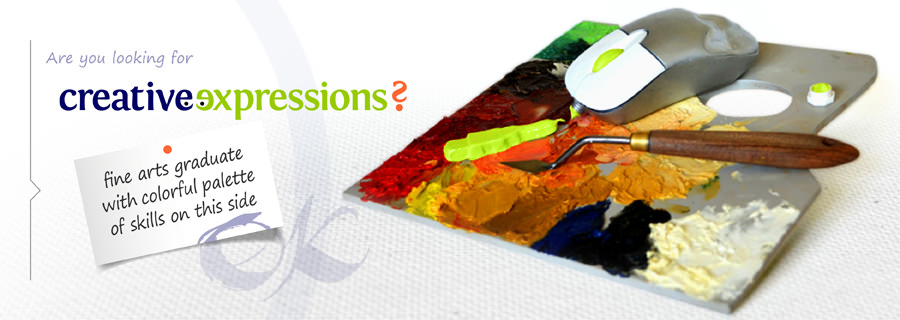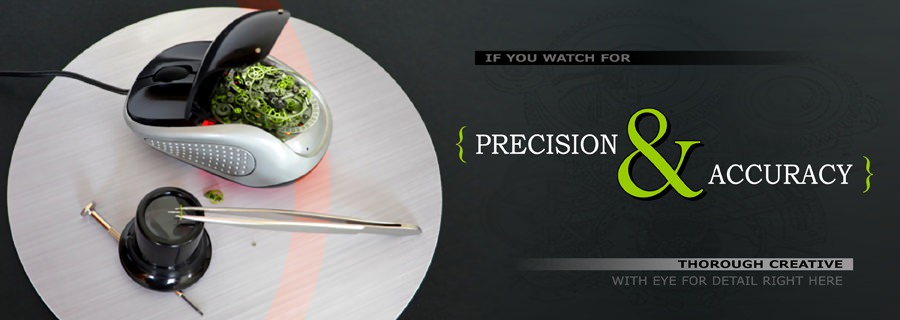|
I was given a gift: come into this world with a pencil in my hand. As a child, I always
prefered crayons to toys. Coloring books were usually my go-tos to entertain myself.
In a simple pencil I used to see a magic wand, and in a sheet of paper, a new world.
However, as a teenager, facing social pressure – family, teachers, labels, ... – I had
to follow another way paved by higher academic results: sciences. And in a common
conception of the brain, I had to make a leap from the right side to the left one.
design is intelligence made visible
- Lou Danziger
As a college student, I came across some life-altering event that surely caused me
to reevaluate my priorities. I tilted my head on the other side to have a different
look at the world. I jumped back to the right side, and my natural inclination to
creative things helped me navigate the storm and reach calm seas.
When I chose a career path in graphic design, I decided to make full use of being
able to jump quickly from right-brained to left-brained and back. I understood that
design is not (just) creating something aesthetically pleasing – artistic – but rather
making something aesthetically meaning – smart. A new smartistic guy was born.
Simple – yet effective – design solutions to clear up complex business challenges
request this problem solving approach. This is Creative Thinking.
|
{ fine arts }
I discovered many things digging in Art Studies,
but the most precious gem I found is that ARTS
do not show any answers, they push you to look
for them, they teach how to uncover questions.
Masterpieces don't stop men by making a speech
but instead by asking first for silence within their
continual hubbub of life.
And today, any project starts for me with 'what is
the question I have to answer?' for a graphic
design solution is responding to a given problem.
{ the 'spectactor' }
LOOK at the world, stay curious, and discover
consistently: this is a cornerstone in design!
I'm always on the watch.
LISTEN to people, walk a couple of miles in
their shoes, show empathy: how can I solve
issues if I don't try to understand them?
LEARN from looking and listening and then
take action. Be an active spectator, and finally
enter the world, become an actor.
This is what I think a graphic designer should
do: act as a spectactor.
|







